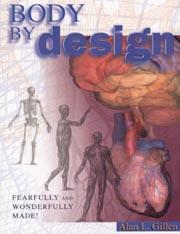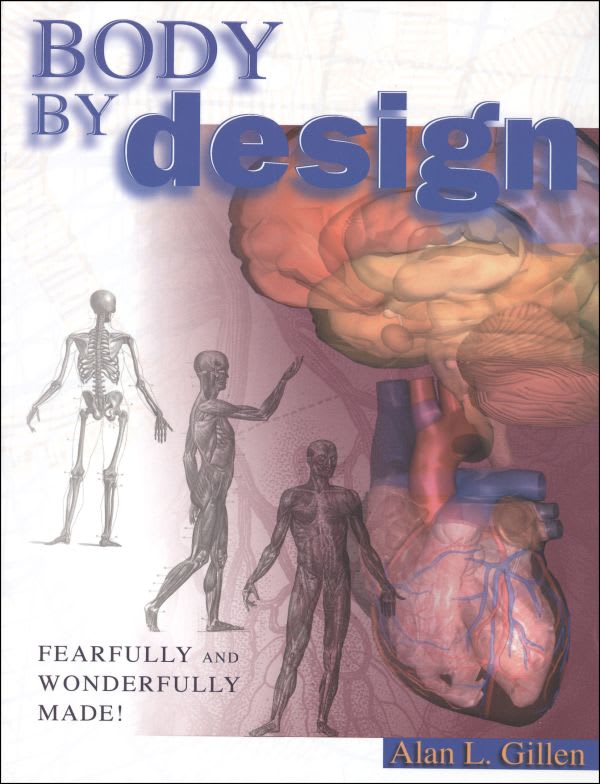Body by Design is a wonderfully peculiar book. It teaches high school level anatomy and physiology of the human body, but it does so from a creationist and liberal arts perspective. This means, for example, that study of the reproductive system covers the bare essentials of the biological process, spending more time on the development of the embryo. This includes a discussion of Haeckel's 19th century theory of recapitulation, a theory that says that an embryo "passes through abbreviated evolutionary phases that resemble the developmental stages of ancestors" (p. 32). The author points out that this discredited theory continues to appear in texts and popular magazines in support of evolutionary theory. While the book includes illustrations and vocabulary typical of biology texts, it often traces historical views and development of understanding of topics (the "liberal arts perspective" to which I referred).
The final two chapters are a particularly interesting diversion from traditional texts. They are titled "Classic and Contemporary Explorations in the Human Body" and "The Wisdom of the Body." Among topics addressed there are germ theory, the genome project, and intelligent design.
Creation/evolution questions are addressed to build evidence for the concept of "intelligent design" by a Creator. "Check your understanding" questions at the end of each chapter challenge students' understanding of biological systems and functions and, sometimes, of the evidence for design (e.g., "List evidences for design of the human eye").
Heavily illustrated in black-and-white, the book features both a glossary and an index. At 170 pages, considering the diversions into history, biography, and intelligent design, the book doesn't cover as much data-type information as a standard text might. This makes it awkward to figure out how it fits into the curriculum. In my opinion, the coverage is very appropriate for the liberal arts oriented student and those looking for a more classical approach to education. However, it needs to either be augmented to comprise a full-year course or used as a supplement to a standard text. You might consider expanding anatomy and physiology study with deeper investigation into topics introduced in the book and/or reading a book or two from those referenced in a list at the back.
A free downloadable Study Guide is available online - click here. This Guide also serves as an answer key.









